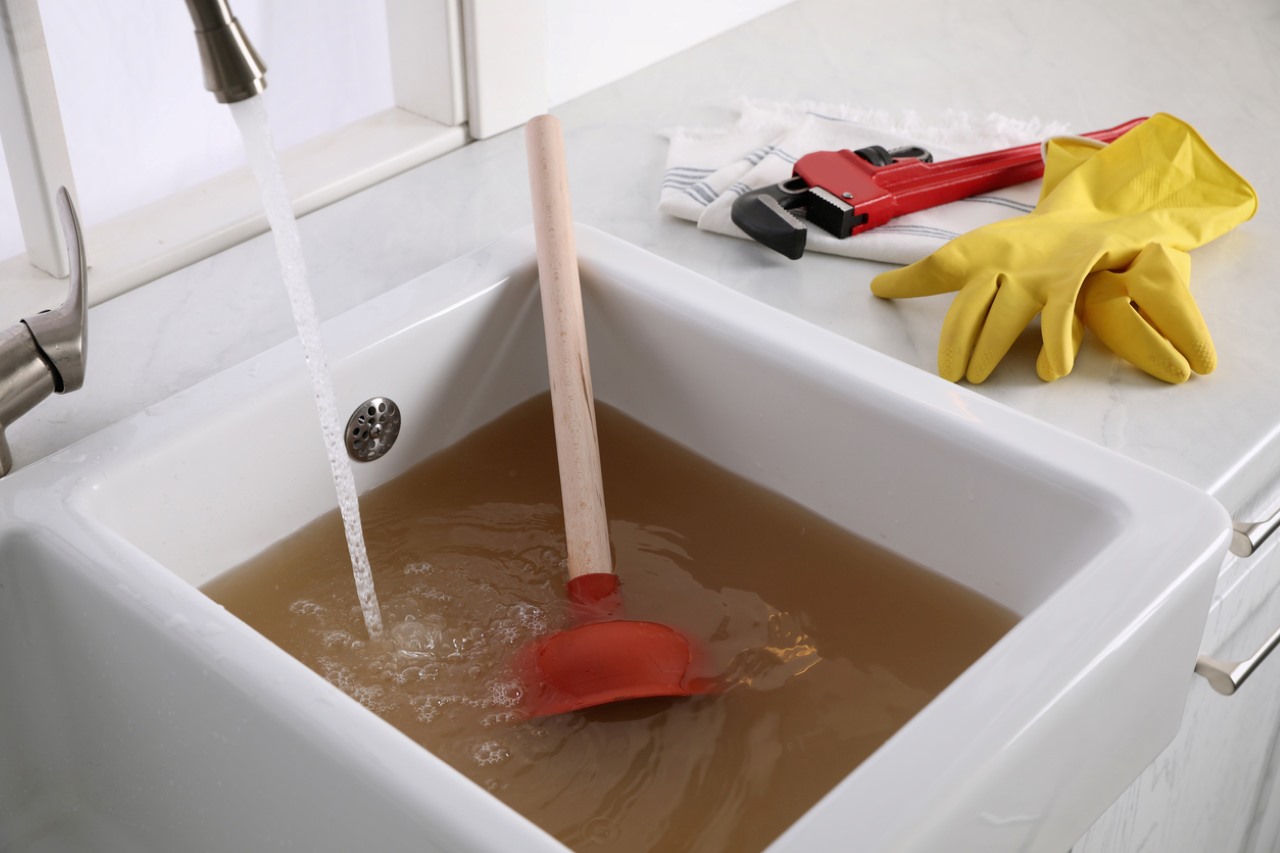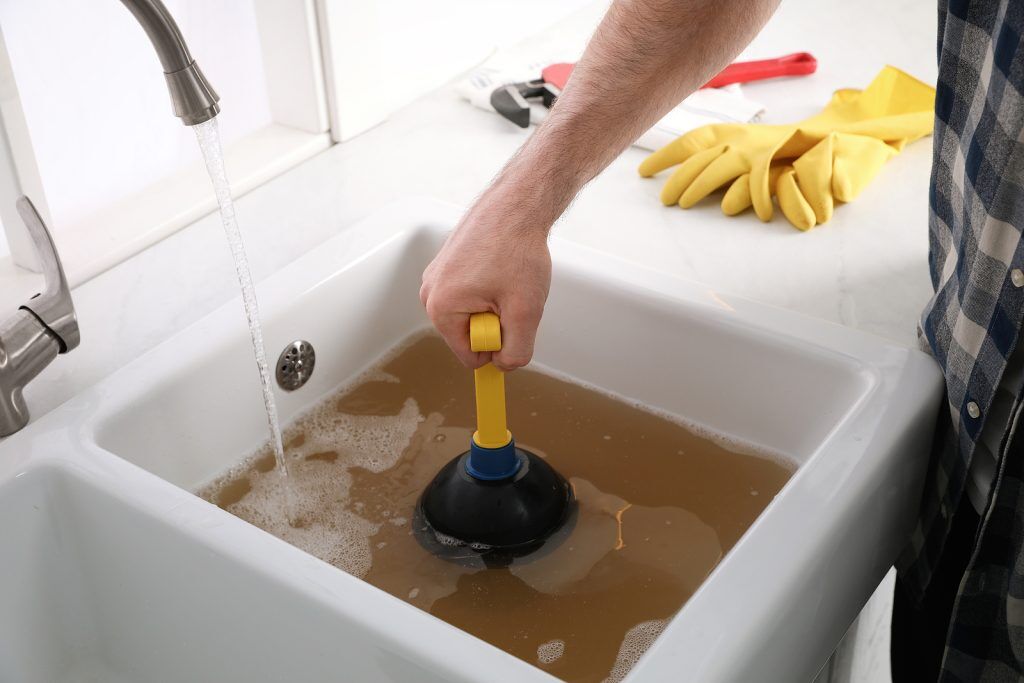Each person has their unique way of thinking involving How To Use Your Toilet Plunger Correctly in 5 Easy Steps.

Intro
Appropriate maintenance of family drains is essential for protecting against clogs and making sure smooth water circulation. One of the secret devices in every house owner's toolkit is the plunger, along with various drainpipe cleaners developed to take on stubborn blockages efficiently. This article discovers just how to utilize bettors and drain cleansers efficiently to keep your drains moving easily.
Area 1: Comprehending Plungers
Types of Plungers
There are a number of types of bettors available, each developed for various kinds of drains and blocks. One of the most usual kinds consist of mug plungers, flange plungers, and accordion plungers.
Exactly How Plungers Job
Plungers service the concept of creating stress and suction to remove obstructions. When appropriately used over a drain, they produce a vacuum that can take out debris or break up blockages.
Selecting the Right Bettor
Selecting the appropriate plunger depends upon the sort of drain and the nature of the blockage. Mug bettors are suitable for sinks and bathtubs, while flange plungers are better fit for bathrooms as a result of their design.
Common Errors with Bettors
Staying clear of these mistakes ensures efficient plunging: incorrect seal around the drain, inadequate force, and not clearing bordering debris.
Section 2: Utilizing Plungers Efficiently
Preparation
Before diving, make certain the bettor covers the drainpipe entirely and develops a tight seal. Clear any noticeable debris around the drain opening.
Method
Begin with gentle diving activities to build suction. Rise pressure slowly, utilizing a stable rhythm. Repeat as necessary up until the drain gets rid of.
Repairing Tips
If diving does not function, attempt changing the seal, using petroleum jelly for a better seal, or using a various sort of bettor.
Section 3: Comprehending Drain Cleaning Company
Sorts Of Drainpipe Cleansers
Drain pipes cleansers can be chemical or enzymatic. Chemical cleansers utilize strong chemicals to liquify blockages, while chemical cleansers make use of natural enzymes to break down raw material.
How Drain Cleaning Company Work
Chemical cleansers respond with clogs to liquify them, while chemical cleaners break down organic materials like hair and grease without hurting pipes.
Security Factors to consider
Always wear gloves and eye defense when making use of chemical drainpipe cleansers. Guarantee ample ventilation and comply with producer instructions very carefully.
Eco-Friendly Alternatives
Take into consideration utilizing vinegar and baking soda or enzyme-based cleansers for environment-friendly options that are more secure for pipes and the setting.
Section 4: Making Use Of Drainpipe Cleaning Company Successfully
Application Methods
Pour chemical cleaners straight right into the drain opening. Permit them to work for the advised time prior to purging with hot water. Chemical cleansers must rest over night.
Safety measures
Avoid blending different sorts of cleaners, as this can generate poisonous fumes. Never make use of chemical cleaners combined with a bettor, as spilling can happen.
Handling Persistent Obstructions
For consistent clogs, take into consideration utilizing a plumbing snake or calling a specialist plumber to prevent damages to pipelines.
Verdict
Finally, comprehending how to use plungers and drainpipe cleansers properly is necessary for preserving healthy plumbing systems. By picking the right devices and strategies, house owners can take on small blockages and avoid significant pipes concerns down the line.
How to Use a Plunger to Unclog a Drain
The humble plunger is a simple yet effective tool for breaking clogs in sinks, tubs and toilets. This handy tool is easy to use. You can make the most of its power if you understand how it works. Ready to dive in? Here’s what you need to know.
Safety First!
Never use a plunger with drain chemicals. Water will splash as you work, and the chemicals can spatter, burning skin and eyes. It’s a good idea to use rubber gloves and wear safety goggles when you work on a clog.
Choose the Right Tool for the Job
Plungers come in two different styles. Sinks, bathtubs and showers require a cup plunger. Like its name suggests, the rubber end is shaped like a cup. Use a flange plunger on toilets. These plungers have a rubber funnel extending from the cup. A plunger needs to be big enough to cover the drain.
Ready, Set, Plunge!
Coat the rim: Coat the plunger rim with petroleum jelly. This helps make a better seal.
Block outlets: Hold a wet rag over nearby outlets such as the overflow vent or the drain in a second sink.
Release air: Insert the plunger at an angle into the water. Water will displace air in the cup. A water-filled cup is more forceful than one filled with air.
Keep the plunger upright: Hold the plunger perpendicular to the drain. Use fast, forceful strokes, but make the first stroke gentle. The first stroke can create a splash if the cup still contains air. Thrust the plunger 15 to 20 times.
Snap off the plunger: The final stroke should be a strong upward motion that ends when the plunger snaps off the drain.
Repeat the process: you may need to repeat this sequence several times. When the water drains away, your work is done. High-five! https://plumbernw.com/blog/how-to-use-a-plunger-to-unclog-a-drain/

Application Methods
Pour chemical cleaners straight right into the drain opening. Permit them to work for the advised time prior to purging with hot water. Chemical cleansers must rest over night.
Safety measures
Avoid blending different sorts of cleaners, as this can generate poisonous fumes. Never make use of chemical cleaners combined with a bettor, as spilling can happen.
Handling Persistent Obstructions
For consistent clogs, take into consideration utilizing a plumbing snake or calling a specialist plumber to prevent damages to pipelines.
Verdict
Finally, comprehending how to use plungers and drainpipe cleansers properly is necessary for preserving healthy plumbing systems. By picking the right devices and strategies, house owners can take on small blockages and avoid significant pipes concerns down the line.
How to Use a Plunger to Unclog a Drain
The humble plunger is a simple yet effective tool for breaking clogs in sinks, tubs and toilets. This handy tool is easy to use. You can make the most of its power if you understand how it works. Ready to dive in? Here’s what you need to know.
Safety First!
Never use a plunger with drain chemicals. Water will splash as you work, and the chemicals can spatter, burning skin and eyes. It’s a good idea to use rubber gloves and wear safety goggles when you work on a clog.
Choose the Right Tool for the Job
Plungers come in two different styles. Sinks, bathtubs and showers require a cup plunger. Like its name suggests, the rubber end is shaped like a cup. Use a flange plunger on toilets. These plungers have a rubber funnel extending from the cup. A plunger needs to be big enough to cover the drain.
Ready, Set, Plunge!
Coat the rim: Coat the plunger rim with petroleum jelly. This helps make a better seal. Block outlets: Hold a wet rag over nearby outlets such as the overflow vent or the drain in a second sink. Release air: Insert the plunger at an angle into the water. Water will displace air in the cup. A water-filled cup is more forceful than one filled with air. Keep the plunger upright: Hold the plunger perpendicular to the drain. Use fast, forceful strokes, but make the first stroke gentle. The first stroke can create a splash if the cup still contains air. Thrust the plunger 15 to 20 times. Snap off the plunger: The final stroke should be a strong upward motion that ends when the plunger snaps off the drain. Repeat the process: you may need to repeat this sequence several times. When the water drains away, your work is done. High-five! https://plumbernw.com/blog/how-to-use-a-plunger-to-unclog-a-drain/

As a passionate reader on A Guide to Plungers (and How to Use Them), I assumed sharing that short article was really useful. Remember to take the opportunity to promote this content if you enjoyed reading it. Thank you for being here. Revisit us soon.
Get Offer